Title Page
101 AMAZING FACTS ABOUT ANIMALS
Jack Goldstein
Publisher Information
Published in 2013 by
Andrews UK Limited
www.andrewsuk.com
The right of Jack Goldstein to be identified as the Author of this Work has been asserted by him in accordance with the Copyright, Designs and Patents Act 1998
Copyright 2013 Jack Goldstein
All rights reserved. No part of this publication may be reproduced, stored in a retrieval system, or transmitted, in any form or by any means without the prior written permission of the publisher, nor be otherwise circulated in any form of binding or cover other than that in which it is published and without a similar condition being imposed on the subsequent purchaser. Any person who does so may be liable to criminal prosecution and civil claims for damages.
Disclaimer: All facts presented in this title were gained from common and reputable sources in print and on the internet. If any detail within this title is found to be incorrect, the author will be happy to publish a corrected version.
Introduction
Did you know that Gorillas can catch human colds? or that cows from different regions moo in different accents? This fantastic quick-read eBook features 101 amazing facts split into categories such as record breakers, creepy crawlies, gross facts, primates and many more. So if you want to know what the fastest animal in the water is, or the disgusting thing a hoopoe bird does to scare away predators, then this is the book for you! Find the information you want, fast!
Follow Jack Goldstein on Twitter @GoldsteinBooks
Visit Goldstein Books at www.jackgoldsteinbooks.com
Record Breakers
- The largest creature that has ever lived on our planet is the blue whale. Some blue whales have been measured at over 100 feet long, and have been estimated to weigh more than 150 tons. They are so big that you could swim through their largest blood vessels!
- On land, the largest animal today is the African elephant. The largest example ever recorded was 10.6m long and weighed thirteen and a half tons!
- A normal housefly can beat its wings around 200 times a second - however a midge holds the record for the fastest wingbeat - more than 1000 times a second!
- The tiger pistol shrimp is the loudest animal on the planet - it can shoot a jet of water with its claw that causes a shock wave topping 200 decibels - thats louder than a gunshot!
- The millipede illacme plenipes holds the record for the animal with the most legs - 750 in total!
- The fastest land animal is the cheetah, which has been measured at more than 70 miles per hour.
- In the air, the peregrine falcon has been known to dive at speed of more than 240 miles per hour, and the spine-tailed swift is the fastest bird in powered flight, at 106 miles per hour.
- The fastest fish is the sailfish, which can travel at an incredible 68 miles per hour underwater.
- The sea wasp jellyfish is the most venomous animal on the planet, with enough poison to kill sixty humans in one go.
- The tallest animal on land is the giraffe, some of which stand more than nineteen feet high!
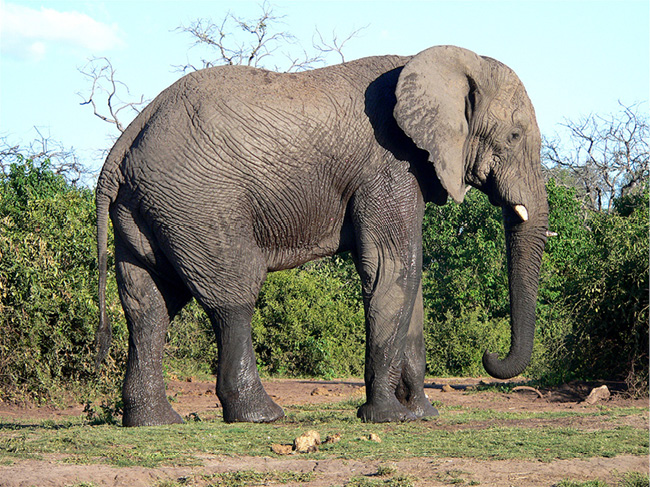
Primates
- In general, the difference between monkeys and apes is that apes do not have a tail - there are however some exceptions to this rule.
- There are over 260 known species of monkey.
- The worlds smallest monkey is the pygmy marmoset, which measures just six inches from head to toe.
- The Barbary macaque is the only species of monkey youll find outside of a zoo in Europe.
- Orangutans make a new nest in a tree to sleep in every evening.
- In one study, it was shown that around half of the orangutans examined had broken bones - this was due to them regularly falling out of trees!
- Gorillas can catch human colds.
- Despite strength which would allow them to kill most other animals, they mainly eat fruit, leaves, bark and grubs.
- Chimpanzees and humans have the same blood types.
- Despite their smaller size, chimpanzees are around six times stronger than an average man.
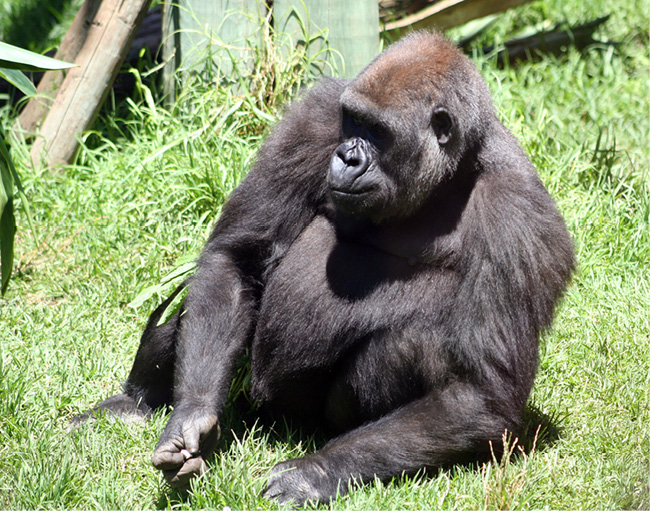
Cats and Dogs
- Cats have 32 muscles in each of their ears!
- Cats have been domesticated for the last 7000 years.
- Scientists believe that a cats brain is more similar to a humans than a dogs is - humans and cats both have similar regions for dealing with emotional response.
- On average, cats spend around two thirds of their lives asleep.
- Cats can make around 100 different vocalisations, whereas dogs only make around 10.
- When cats chase prey their heads remain level, whereas dogs - like humans - bob their heads up and down.
- Experiments have shown that the average dog is as intelligent as a two-year-old child.
- When Lord Byron was told he could not bring his dog with him when he went to study at Cambridge University, he took a bear instead.
- French poodles actually originated in Germany!
- A dogs nose print is unique, just as your fingerprints are!
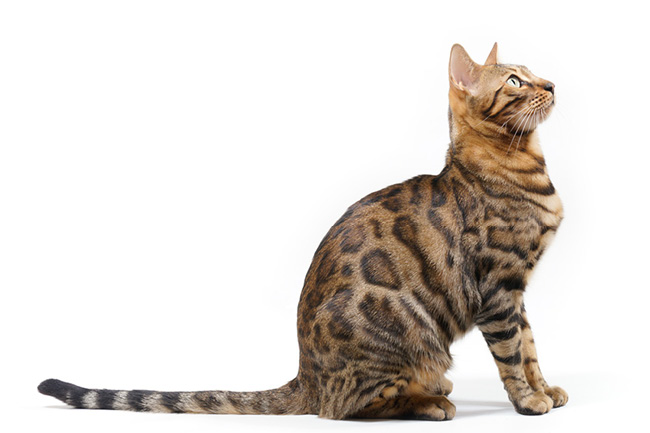
Unusual Animals
- Koala bears do not need to drink water - they get all the liquid they need from eucalyptus leaves.
- Crocodiles cant stick their tongues out.
- A hippopotamus can open its mouth so wide that a child could step into it... but this isnt recommended!
- The nine-banded armadillo always gives birth to four pups, all of the same gender.
- Bats are the only mammals that can truly fly, although some are known to glide, including squirrels and - amazingly - snakes.
- An elephant can smell water up to 3 miles away.
- Anteaters are around six feet in length - but their mouths are only one inch wide.
- If a grizzly bear starts chasing you, time to panic - it can run as fast as a horse.
- Cheetahs have been kept as pets to hunt with for the last 5000 years.
- The duckbill platypus is so unusual looking that when a specimen was first presented to British scientists, they thought it was a hoax!
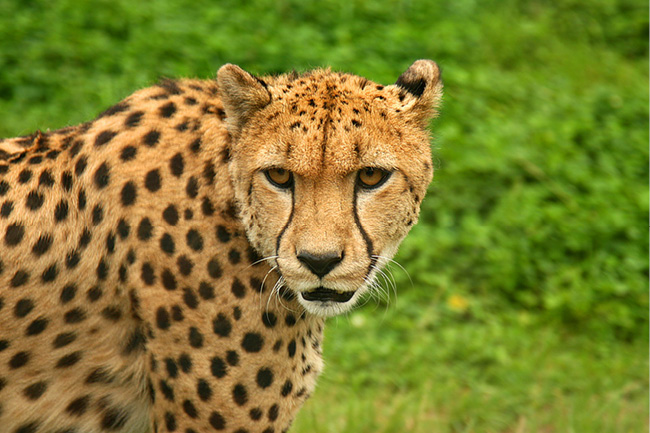
Birds
- Woodpeckers tap the bark of a tree up to twenty times per second; they have evolved a sponge-like area behind their beak which acts as a kind of shock absorber.
- To give a hummingbird enough energy to flap its wings at an incredible 75 times per second, it needs to eat twice its bodyweight in nectar each and every day.
- Eagles have been known to kill and carry away small deer.
- An ostrichs eye - which is around twice the diameter of yours - is bigger than its brain.
- Speaking of ostriches, they can run faster than horses, and males of the species can emit a load roar!
- Flamingos can only eat when their heads are upside down.
- Some birds deliberately put ants into their feathers because the ants use their formic acid to kill parasites.
- The longest feathers ever measured were on a Japanese chicken - its tail feathers were over ten metres long.
- The Australian pelican has the longest beak of any bird - it is half a metre in length!
- The wandering albatross has the greatest wingspan of any bird - over three and a half metres.
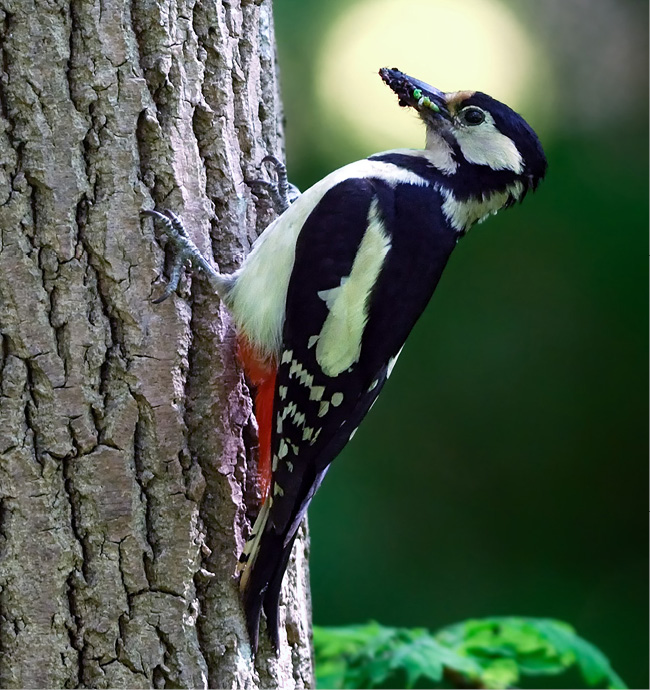
Next page










